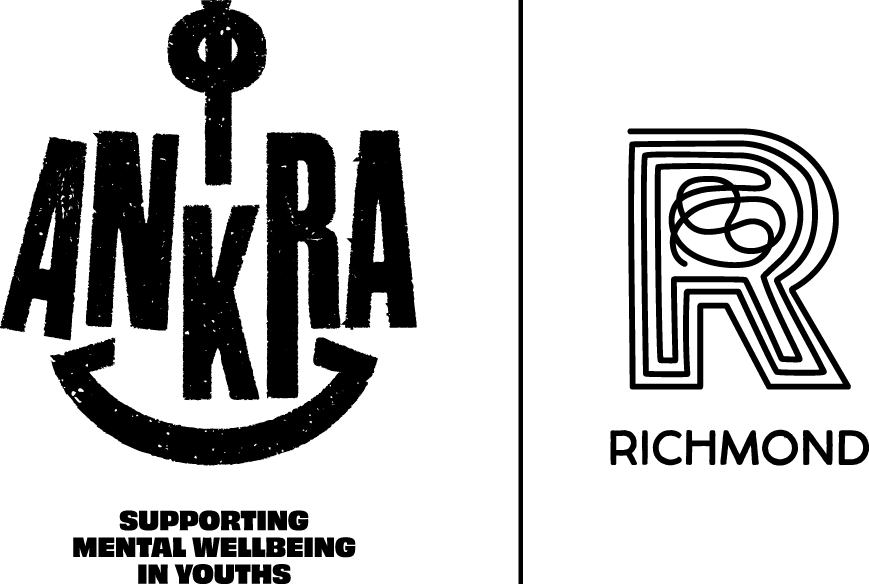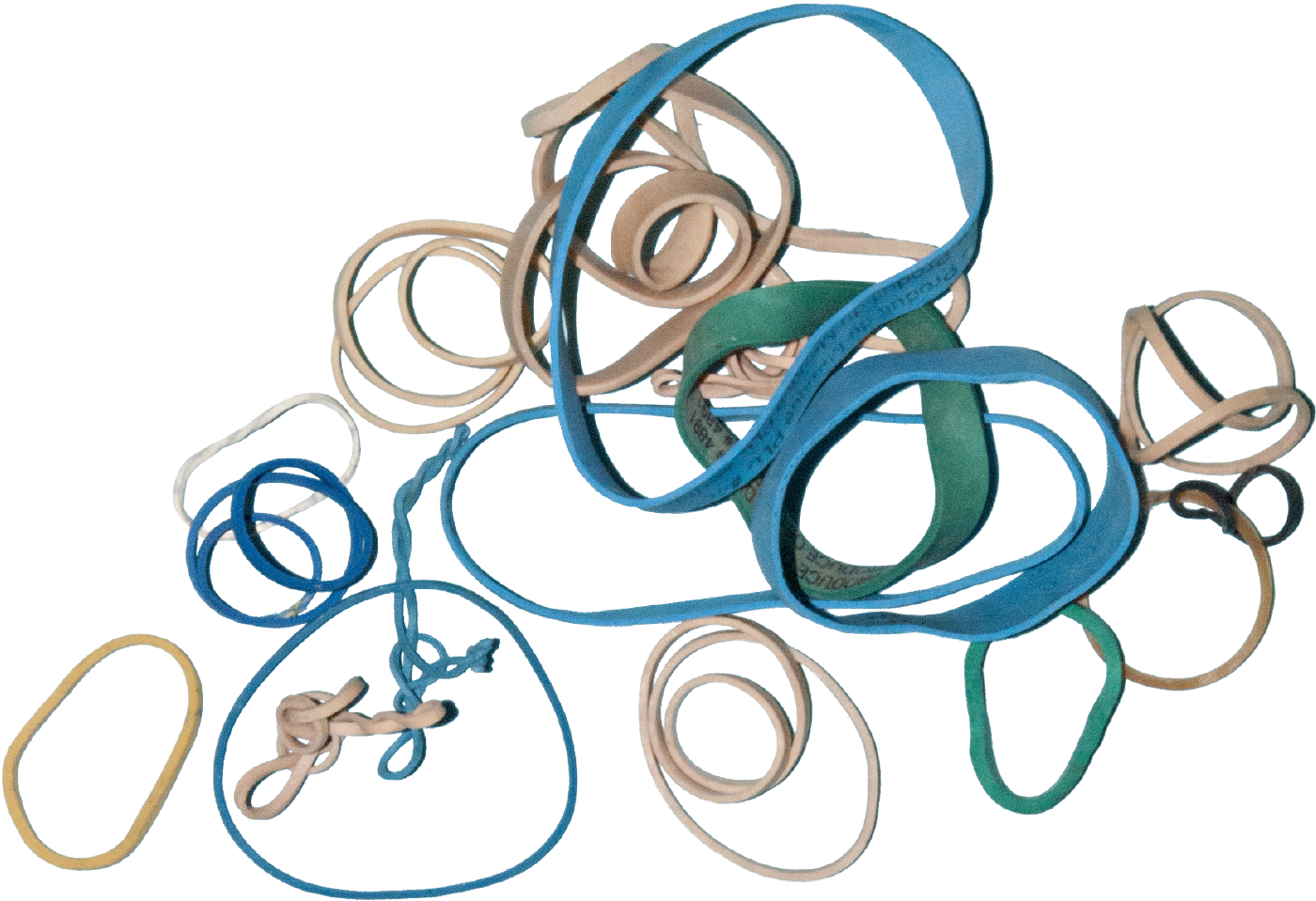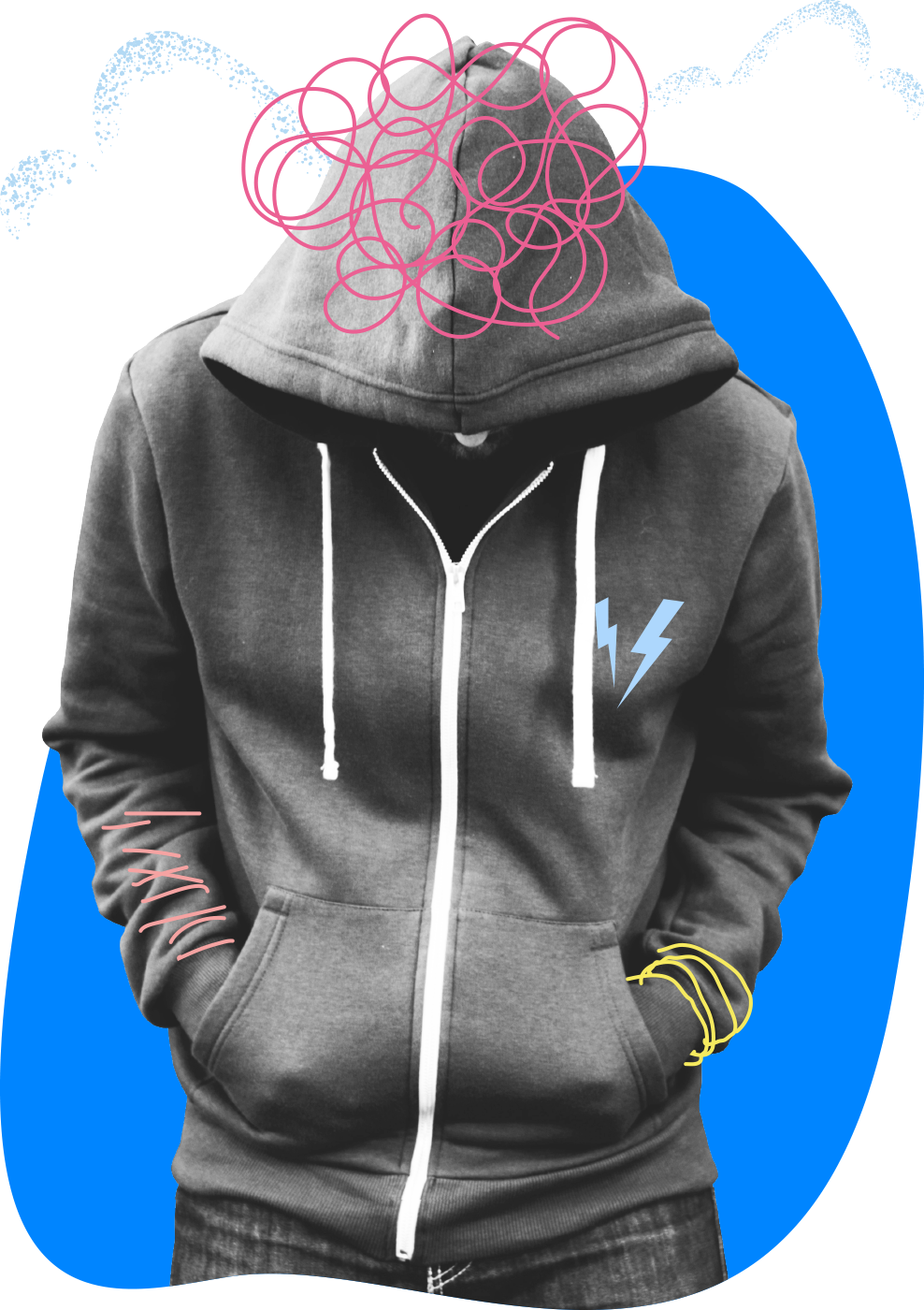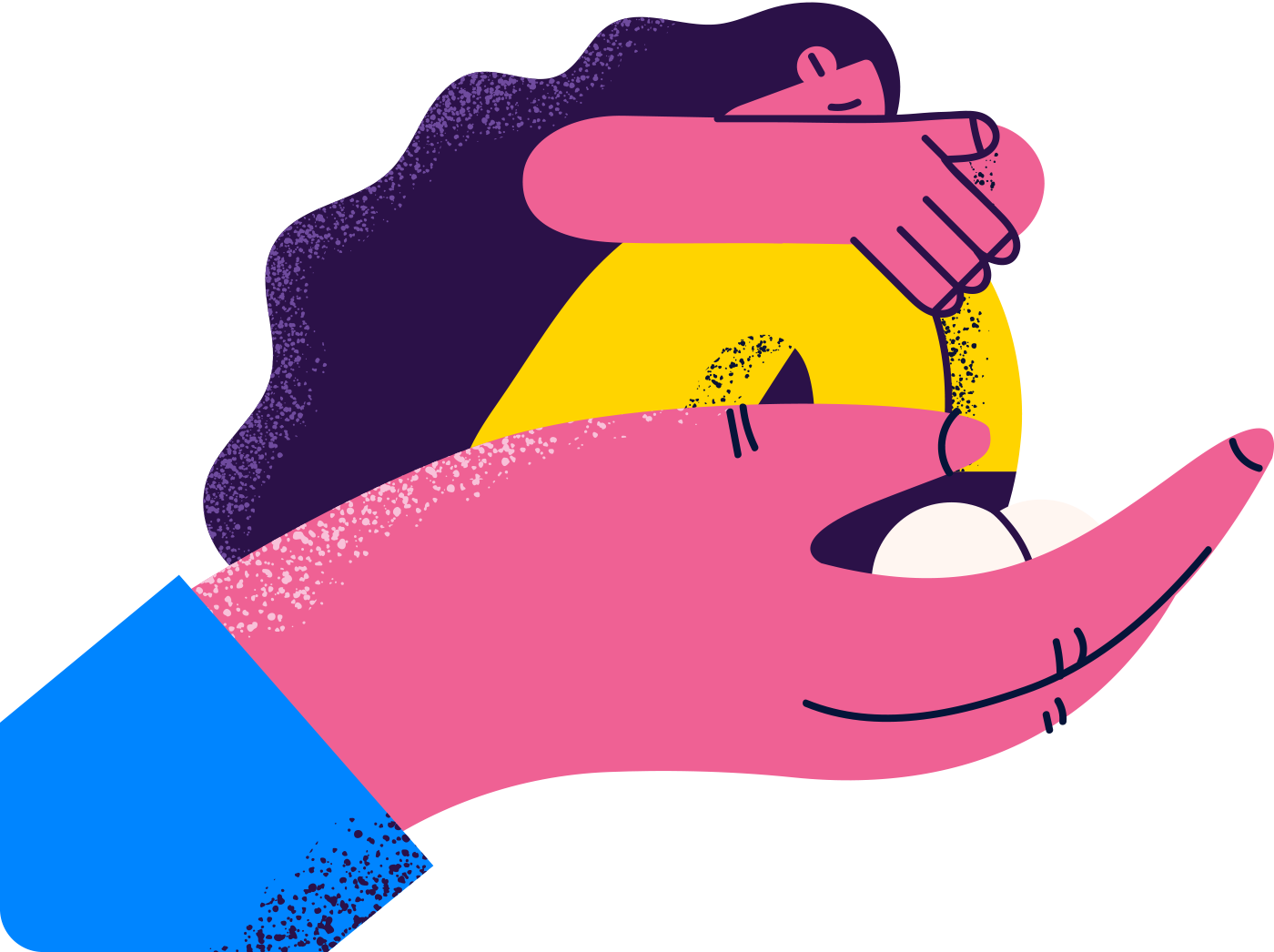Self-harm refers to people deliberately hurting their bodies without wanting to die by suicide. It is usually done in secret and on places of the body that may not be seen by others.
The most common type of self-harm is cutting, but there are many other types of self-harm. Self-harming behaviours can happen at any age, and are more common among youth than any other age group. The behaviour often starts in the preteen or early teen years. Self-harming behaviours happen equally in boys, girls and non-binary youth.




